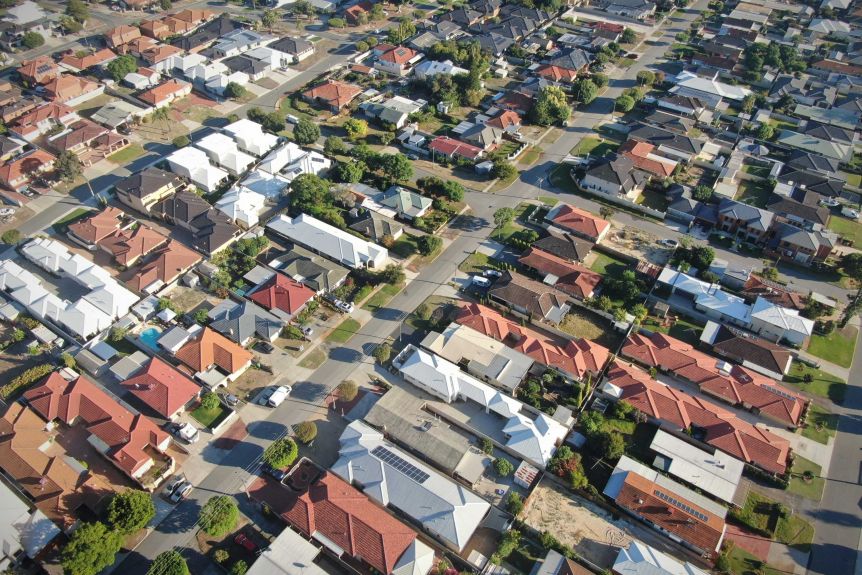Why neighbourhood has never been so important when buying property
by Michael Yardney blog, Property Investment
The coronavirus pandemic has forced all Australians to reevaluate how we live our lives.
Gone are the days where our ‘home’ was simply the place we rest our heads and enjoy some downtime between work and our social lives – the coronavirus social distancing has put an end to life as we once knew it.
If social distancing and the Covid-19 environment has taught us anything, it has taught us the importance of the neighbourhood we live in.
If you can leave your home and be in walking distance of, or a short trip to, a great shopping strip, your favourite coffee shop, amenities, the beach, a great park, the recently implemented coronavirus restrictions might seem a little more palatable than if you had none of that on your doorstep.
Why is neighbourhood so important?
In short, it’s all to do with capital growth, and we all know capital growth is critical for investment success, or just to create more stored wealth in the value of your home.
Sure there is always the opportunity to add value through renovating your property or making a quick buck when buying well.
But these are one off’s and won’t make a long term difference if your property is not in the right location because you can’t change its location.
This is key, because we know that 80% of a property’s performance is dependent on the location and its neighbourhood.
In fact, some locations have even outperformed others by 50-100% over the past decade.
And it’s likely that moving forward, thanks to the current environment, people will place a greater emphasis on neighbourhood and inner and middle-ring suburbs where more affluent occupants and tenants will be living.
These ‘liveable’ neighbourhoods with close amenities is where capital growth will outperform.
What makes a ‘good’ neighbourhood?
A good neighbourhood means different things to different people, but there are some key factors which help to determine which locations have the potential to grow in value faster in the future.
Generally, a good neighbourhood is determined on the physical location, suburb character and its close proximity to amenities such as a shopping strip, park, coffee shops, education, and even some jobs.
It’s obvious then that in our new ‘Covid’ world, people will want to be in a location where everything they need is in a short 20-minute proximity – whether that is on public transport, bike ride or walk – to their home.
In planning circles this concept is known as the ’20-minute neighbourhood’.
Many inner suburbs of Australia’s capital cities and parts of their middle suburbs already meet the 20-minute neighbourhood tests, but very few outer suburbs do because there is a lower developmental density, less diversity in its community and less access to public transport.
The key criteria for a ‘good’ neighbourhood
Here is a list of 7 primary neighbourhood factors which have the potential to drive up property prices:
1. Close proximity to public transport
School Zone Neighbourhoods with properties that are within walking distance to public transport, such as the train, bus, ferry or light rail, are popular with buyers and therefore are likely to add value over the longer term.
2. Close proximity to schools
Some buyers will pay a premium to be in the catchment area for particular schools and as such, high demand generally means higher property price points.
3. Accessible amenities
As we have previously discussed, a neighbourhood with all the local amenities you could want – parks, shops, restaurants, cafes, gyms, the beach etc. – would fetch a premium price for its local properties.
4. A low crime rate
It goes without saying that a property in a neighbourhood with a low crime rate will be more valuable than one with a high crime rate.
5. It’s well maintained
Neighbourhoods and homes which are well maintained and clean indicate a level of community care which can help add value to properties in the local area.
6. Planned upgrades which are beneficial
Neighbourhoods with planned upgrades could be beneficial or detrimental to property prices in the area. For example, improved public transport and any plans to make the neighbourhood more visually attractive (improvement to the appearance of buildings or footpaths for example) could increase property prices.
7. Any historic charm
Historic charm brings unique character to a neighbourhood that is often in demand by buyers and in the long term buyer demand for this type of area has the potential to translate to higher property prices going forward.
It’s all about the neighbourhood
Neighbourhood has always been a key factor to consider when buying an investment property, and now it’s even more important.
Not only do we already know that location does the heavy lifting when it comes to capital growth, with some areas fetching 50-100% greater capital growth than other locations, we’re also in unprecedented times which has forced us to adapt to a new normal.
This is a new normal where restrictions are put in place on our movement, social distancing has been implemented and your home now doubles as your office.
This is shining a spotlight on the neighbourhood we live in and what we have available at our fingertips.
As the world around us evolves and adapts, homeowners and investors must do the same and view properties with a post-pandemic eye.
Looking at the bigger picture remains key to your success as a property investor and now, whether you’re looking for a new home or to add to your investment portfolio, the right neighbourhood is absolutely crucial to success.

